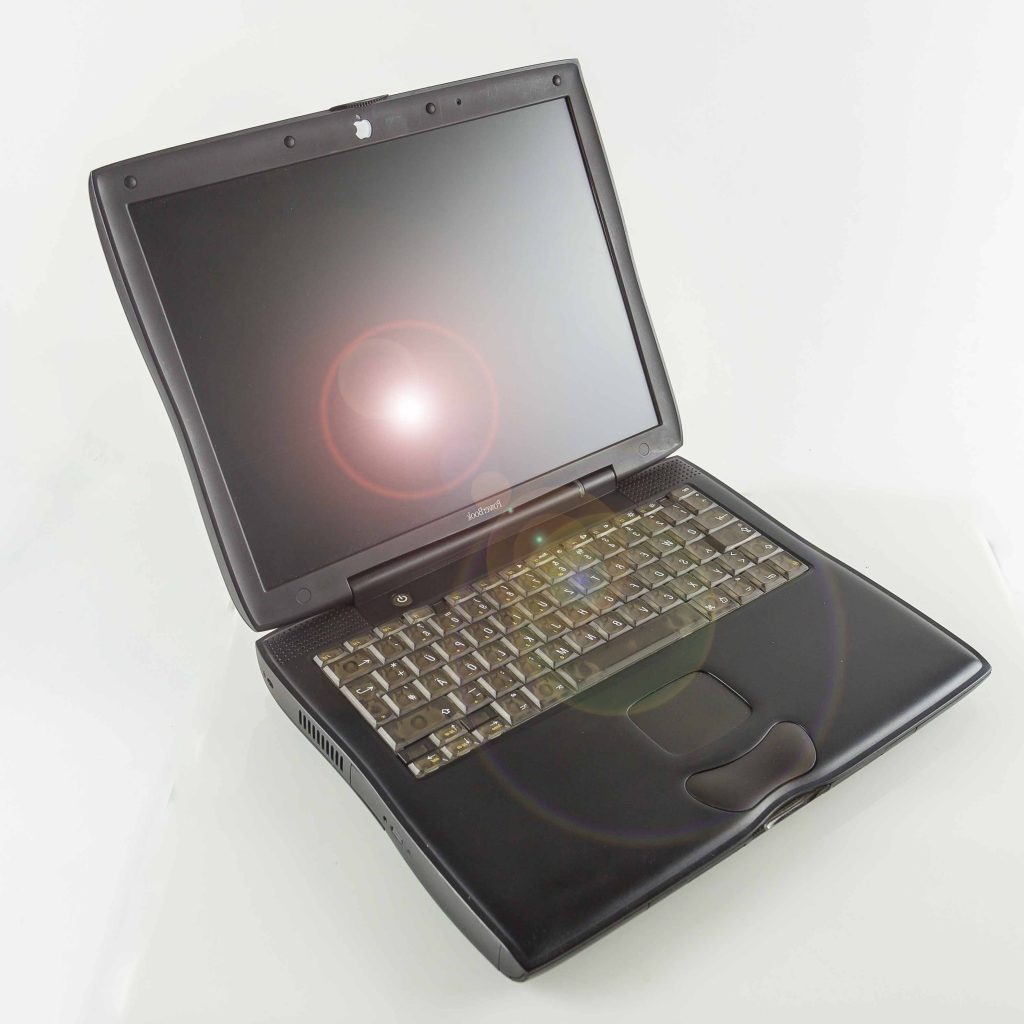Replacement Keyboards for Mac
Despite all the publicity surrounding the potential health risks of computing, most people don’t give more than a passing thought to choosing a new or replacement keyboard for their Macintosh. That’s a shame, because keyboards are probably responsible for the lion’s share of computer-related injuries.
Although they’re not meant to directly compete with each other, two new keyboards from Mac-peripheral veterans Matias and Macally’s illustrate the range of choices available.
Generic Input
True to its name, Matias Keyboard-in-a-Box offers a no-frills option for people on a budget who need a full-size keyboard. The keyboard sports a row of 15 function keys across the top, a numeric keypad at the far right, and a standard complement of cursor-control and page-navigation keys in between. The supplied six-foot cable connects the Mac to an ADB jack on either side of the keyboard. Like other input devices, the solidly built Keyboard-in-a-Box carries a five-year warranty.
The Keyboard-in-a-Box’s nearly silent keys feel a trifle spongy when pressed. As with other conventional keyboards, the Keyboard-in-a-Box’s keys are laid out in neat rows that tend to make your palms angle upward as you type, which puts stress on your wrists. Plastic feet at the back of the keyboard let you tilt it upward slightly; unfortunately, this position only accentuates the bend in your wrists, adding to the strain. (To be fair, these drawbacks are shared by all conventional keyboards. And to Matias credit, the brief manual includes a helpful section on workspace ergonomics and proper typing technique.)
Split Layout
Macally’s SmartBoard is designed to overcome the deficiencies of conventional designs like that of the Keyboard-in-a-Box, although there’s no guarantee that ergonomic keyboards can prevent or lessen injury.
The most obvious difference is the setup of the keys: instead of being arranged in horizontal rows, they’re split into two groups that are angled away from each other. This odd-looking layout, popularized by Microsoft’s Natural Keyboard, helps you keep your hands and forearms in a straight line when you’re typing, which minimizes the strain on your wrists. The two groups of keys are also angled slightly upward at the center, which allows your arms to assume a more natural position.
Unlike those of most keyboards, the SmartBoard’s fold-down feet–Macally’s calls them Wrist Levelers–are located at the front, so they tilt the keyboard backward slightly when they’re deployed. Negative tilt minimizes bending at the wrist, which may help prevent some computer-related injuries.
Unique Keypad
The SmartBoard sports another unusual feature that is claimed to provide additional ergonomic benefits. Instead of being uniform, like the key caps on most other keyboards, the SmartBoard’s keys vary in size, with the largest keys located farthest from the center. According to Matias, this makes it easier to type on the SmartBoard than on conventional or other split keyboards. Although I wasn’t able to verify this specific claim, the SmartBoard was easier on my hands and wrists than other keyboards I’ve used.
Alas, the SmartBoard also differs from standard keyboards in a few annoying respects. For example, there are only 12 function keys, so you’ll need to find a workaround if any of your applications require F13 through F15. The power key is located at the bottom left of the keyboard: it’s easy to hit it accidentally, bringing up the Mac OS shutdown dialog box.
It also took me a while to find the +/= key at the top right of the keyboard, instead of in its customary place next to the delete key. (According to Matias, the SmartBoard’s unusual key placements were necessary to keep the keyboard’s footprint small enough for the keyboard to fit on standard keyboard trays. The SmartBoard is actually an inch narrower than the Keyboard-in-a-Box.)
Like most other unorthodox keyboards, the SmartBoard has a definite learning curve–it took me more than a week to work back up to my usual typing speed. If you use a SmartBoard at home and a standard keyboard at the office–or the other way around–you may find it hard to switch back and forth every day.
